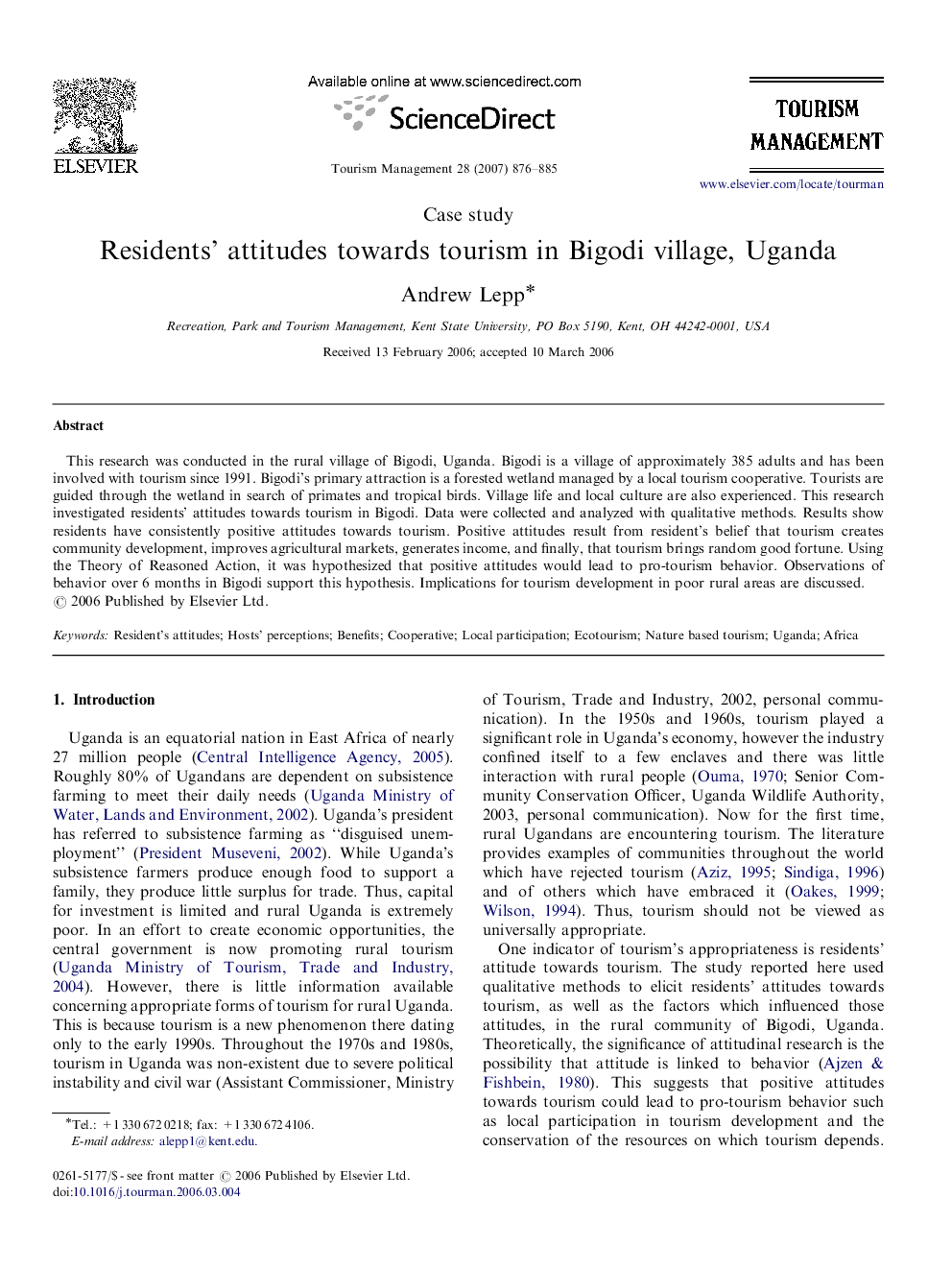| Article ID | Journal | Published Year | Pages | File Type |
|---|---|---|---|---|
| 5359494 | Applied Surface Science | 2010 | 10 Pages |
Abstract
Superhydrophobic poly(methyl methacrylate)-SiO2 (coded as PMMA-SiO2) nanocomposite films with micro-nanohierarchical structure were prepared via a simple approach in the absence of low surface-energy compounds. By spin-coating the suspension of hydrophobic silica (SiO2) nanoparticles dispersed in PMMA solution, target nanocomposite films were obtained on glass slides. The wetting behavior of PMMA-SiO2 nanocomposite films was investigated in relation to the dosage of SiO2 nanoparticles dispersed in PMMA solution. It was found that hydrophilic PMMA film was transferred to superhydrophobic PMMA-SiO2 nanocomposite films when hydrophobic SiO2 nanoparticles were introduced into the PMMA solution at a high enough dosage (0.2 g and above). Resultant PMMA-SiO2 nanocomposite films had a static water contact angle of above 162°, showing promising applications in selfcleaning and waterproof for outer wall of building, outer covering for automobile, sanitary wares, and so forth.
Related Topics
Physical Sciences and Engineering
Chemistry
Physical and Theoretical Chemistry
Authors
Jinyan Wang, Xinhua Chen, Yingke Kang, Guangbin Yang, Laigui Yu, Pingyu Zhang,
